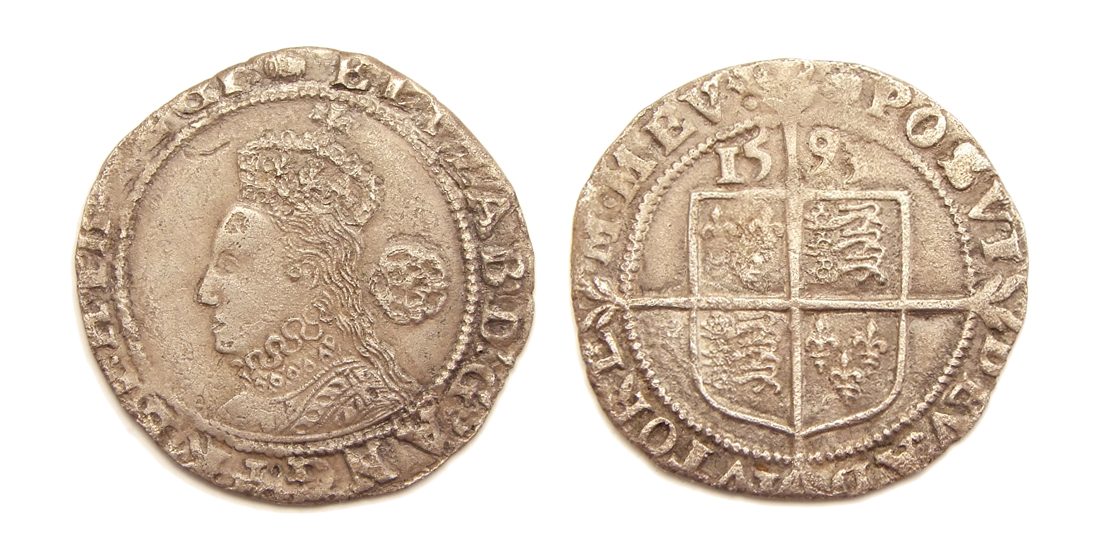 |
| Picture displaying the audience from the perspective of the actors |
Theatre was a form of entertainment which attracted many Elizabethans regardless of their class or profession. Many servants and apprentices spent a lot of their time in theatres, the common folk would stand in the pit and watch the action right before their eyes. Spectating from the pit was a very cheap privilege, common theatre goers would have to pay a small fee of one penny. They would place the fee in a box upon arrival, spawning the term box office which is heavily used in our current society. The commoners or groundlings would stand for entirety of the play, prices of the show depended on the comfort of the seating. The gentry, one social class who were not born of noble birth however obtained large amounts of properties, earning vast sums of money, would be seated in the galleries often watching using cushions for comfort. More wealthy and noble individuals would watch the action from the best seats as they were the only social class able to afford them. Their seats would be situated on the sides of the stage. These seating areas were known as "the lords rooms". The entry fee to these prestigious areas started at 6 penny's, six times the amount required to watch from the pit. One penny equated to the same price for a loaf of bread, compared to today's prices, a trip to the theatre in Elizabethan society was incredibly cheap, which is one of the reasons why theatre was so popular. Royalty very much enjoyed the theatre however members of the royal family never attended public showings instead acting companies were invited to perform on their property.
 |
| A typical Elizabethan sixpence |
Performances were put on during the afternoon due to the lack of artificial lighting and lasted around two hours. Men and woman both attended plays however the presence of men was far more prominent. Wealthier woman would often wear masks to shows with the purpose of disguising their identity to prevent any damage done to their reputation. The presence of special effects really enticed large numbers of audiences, these effects included fireworks, smoke/mist effects, the firing of an actual functioning cannon and grand entrances using ropes. Vast numbers of people flocked to the theatre by 1600 theatres such as The Globe could house almost 3000 spectators if the play was popular enough. Since many plays were put on during most afternoons, 10,000 to 20,000 spectators visited the theatre each week. There were no lavatories established in these spaces therefore business was taken care of outside, adding to the huge overwhelming amounts of sewage which ran through the streets.
 |
| An illustration displaying the audiences violent behaviour at times |
Some theatre goers dressed to impress but audiences in that period were rather barbaric and disrespectful to the actors involved. Most audience members liked to get involved and invested in the action on display. Members of the audience would applaud and cheer the heroes and booed the villans sometimes hurling projectiles at the character in question. Special effects and music was also celebrated. Fights often broke out amongst members of the audience due to the cramped conditions, heightened temperature, emotional investment, drink and tensions running high. Thieves and pick pockets also often operated in theatre crowds which caused further conflict. If the audience did not like what they were watching they would scream insults and launch further projectiles such as food and empty bottles at the actors. In some cases the behaviour would become so bad the company would have to put on something else to please the audience and prevent them from doing further damage.
 |
| An illustration depicting 'A Midsummer Night's Dream' being performed on stage, not a violent play by any means but this play is filled with comedy and love which would have also held the audiences's attention. |
violent plays filled to the brim with gore were often the most popular as this kept the audiences attention throughout. During the period between 1560 and 1640 more than 3000 new plays were written to meet the ever growing audience's demands. Most plays were often famous tales of the past such as previous kings and battles. Which is why many of Shakespeare's plays such as Richard the third and Henry the fourth are renowned historical retellings. These plays were packed with extreme onstage violence, music and plenty of humour to attract more theatre goers and prevent their actors being harassed. Stalls and markets were also established selling merchandise and refreshments which attracted further masses even non theatre goers who just wanted to purchase goods.

